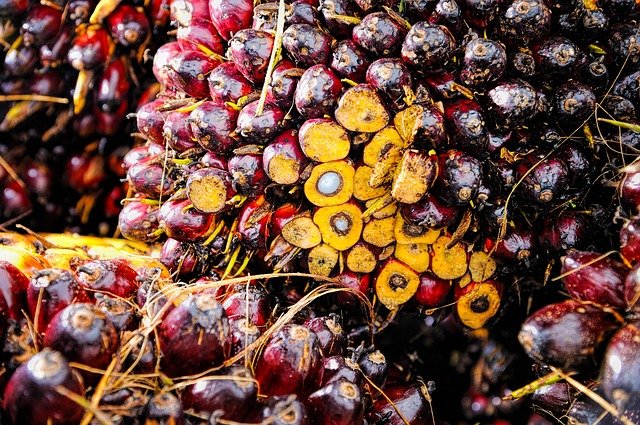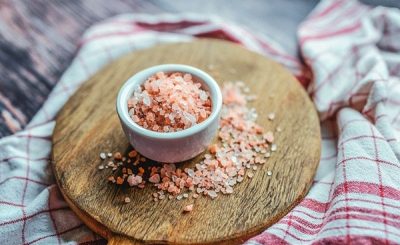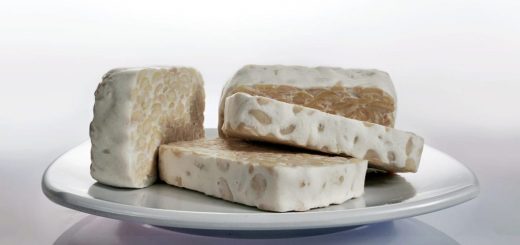Palm Oil: How harmful is palm oil really?

Palm oil is increasingly found as an ingredient in processed foods. The oil is considered harmful to health. And not only that: The massive cultivation of oil palms endangers the environment and destroys the habitat of threatened animal species.
Palm oil has made a real triumphant advance in the food industry. The oil can be found in more and more foods that we buy every day in the supermarket. It can be found in margarine, ready-made pizzas, chips, and chocolate bars, but also in cleaning agents and care products, even in lipsticks. The increasing consumption is related to various properties that make the oil so interesting for the food industry: It contributes to a smooth consistency of the products, improves heat resistance, and prevents rapid oxidation. In addition, the oil palm is very productive and cheap to grow. But experts consider palm oil to be extremely unhealthy – for a variety of reasons. The European Food Safety Authority (EFSA) even declared in May 2016 that the oil could cause cancer. Even small amounts are dangerous for children, according to the authority.
Components of palm oil may be carcinogenic even in small quantities
In a study, EFSA assessed the public health risks for the following substances: glycidyl fatty acid esters (GE), 3-monochloropropanediol (3-MCPD) and 2-monochloropropanediol (2-MCPD) and their fatty acid esters. All of these substances are formed when vegetable oils are refined at high temperatures (approx. 200 ° C). In comparison with other oils and fats, the highest concentrations of GE as well as of 3-MCPD and 2-MCPD (including the esters) were found in palm oils and palm fats.
According to the Federal Institute for Risk Assessment (BfR), 3-MCPD fatty acid esters are considered carcinogenic. In animal experiments, the substance triggered tumors above a certain dose. Glycidol is also considered to be carcinogenic, although it is not entirely clear to what extent glycidyl fatty acid esters are converted into glycidol in the body. EFSA’s Panel of Experts on Contaminants in the Food Chain (CONTAM) and the BfR assumed a complete conversion of the esters into glycidol after ingestion. It must be borne in mind that genotoxic carcinogenic substances do not contain any harmless amounts. This means that the fatty acid esters that are formed when palm oil is heated could theoretically be carcinogenic in even the smallest amounts. Dr. Helle Knutsen, Chair of the CONTAM Committee,
Be careful with baby food
According to the panel, particular caution should be exercised with infants who are exclusively fed on formula: “The GE exposure of infants who only consume infant formula is of particular concern as it exceeds the value considered to be safe for public health ten times as much, ”says Knutsen. EFSA’s warnings were taken seriously by various food manufacturers, who then stopped using palm oil in their products. For example, the pasta and sauce manufacturer Barilla removed palm fat from over 50 products and, according to its own statements, replaced it with other oils, such as sunflower and olive oil. Ferrero is different: his famous nut and nougat spread “Nutella” consists largely of palm oil.
Palm oil is not only controversial because of its potentially carcinogenic components. Its relatively high proportion of saturated fatty acids, which, according to today’s opinion, can contribute to an increase in blood lipids, vascular calcification, and diabetes, also make the oil food that is harmful to health. It is unclear whether this makes it less healthy than other saturated fatty acids, such as those found in meat, or as trans fats, such as are often used in margarine.
Palm oil plantations are destroying the rainforest
The increasing consumption of palm oil has consequences not only for health but also for the environment: to meet demand, more and more rainforests are being cleared and the habitat of various endangered animal species such as the orangutan is being destroyed. The cultivation area for the cheap oil has more than doubled since 1990. Malaysia and Indonesia are particularly hard to hit; together they produce more than 80 percent of the palm oil consumed worldwide.
But what can individuals do to reduce palm oil consumption? Above all, fresh food should be used, as palm oil is particularly found in finished products such as pizza, cakes, and biscuits. Palm oil is also often found in cleaning agents, although this does not have to be labeled. Old home remedies such as vinegar essence, however, are free of it. But the oil is not only used in food. Palm oil is also being used more and more often as a substitute for crude oil. For example, the fuel E-10 contains palm oil derivatives. Consumers should pay attention to this and, if necessary, fill up with normal fuel or simply leave the car parked more often.











